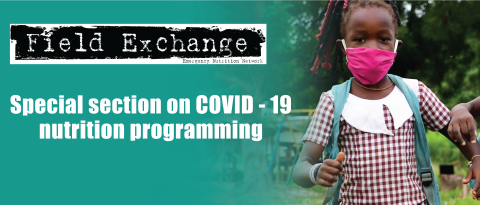CMAM programmes: A handbook to analyse cost-effectiveness
Mark Myatt and colleagues have published a short handbook1 to help guide nutrition programmers and monitoring and evaluation staff to perform simple cost-effectiveness analysis (CEA) for community-based management of acute malnutrition (CMAM) interventions. CEA is a way of examining the costs and health outcomes of one or more interventions. It enables comparisons between one intervention and another (or to no intervention) by estimating how much it costs to gain a unit of a desired health outcome. Results are presented as a cost-effectiveness ratio, for example cost per year of life gained, cost per case cured or cost per life saved, allowing comparisons between interventions. Without CEA, CMAM may seem an expensive intervention. However, when the cost-effectiveness is tested, it is usually found to be cheap and effective.
This handbook provides a useful guide to CEA in the context of CMAM programming. The handbook covers the types of outcomes used in cost-effectiveness analyses (cases treated, cases cured, deaths averted or disability adjusted life years averted), the creation of counterfactuals to model the absence of an intervention and the building of models of programme outcomes, accounting for uncertainty. It also details the types of costs that need to be considered in CEAs, the methods and tools needed to collect and work with costs data from a variety of sources and how to interpret cost-effectiveness estimates. Examples of CEA for CMAM programmes in Bangladesh, Ethiopia, Kenya and Nigeria are provided that give concrete illustrations of the steps to follow and the results that may be obtained. This book is now available from international booksellers.
1 Myatt, M et al (2021) A simple approach to cost-effectiveness analysis of community-based management of acute malnutrition (CMAM) Programs. Eliva Press.


 English
English Français
Français Deutsch
Deutsch Italiano
Italiano Español
Español